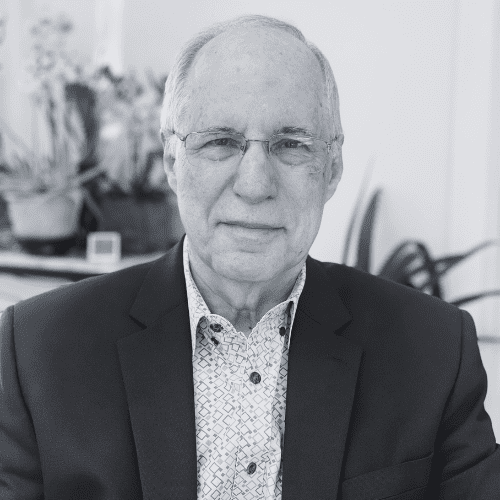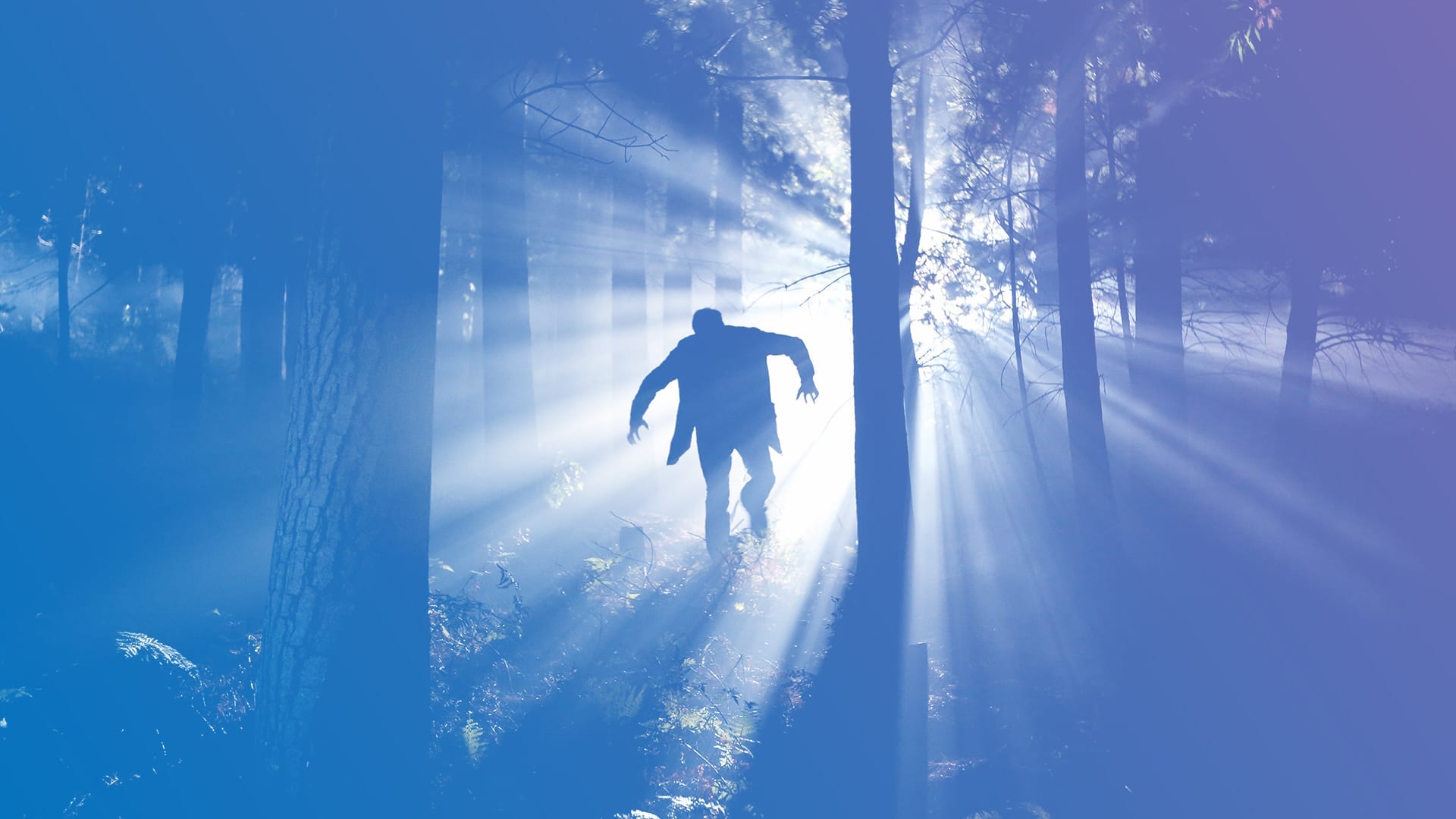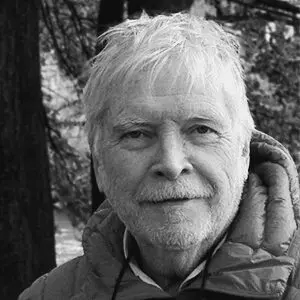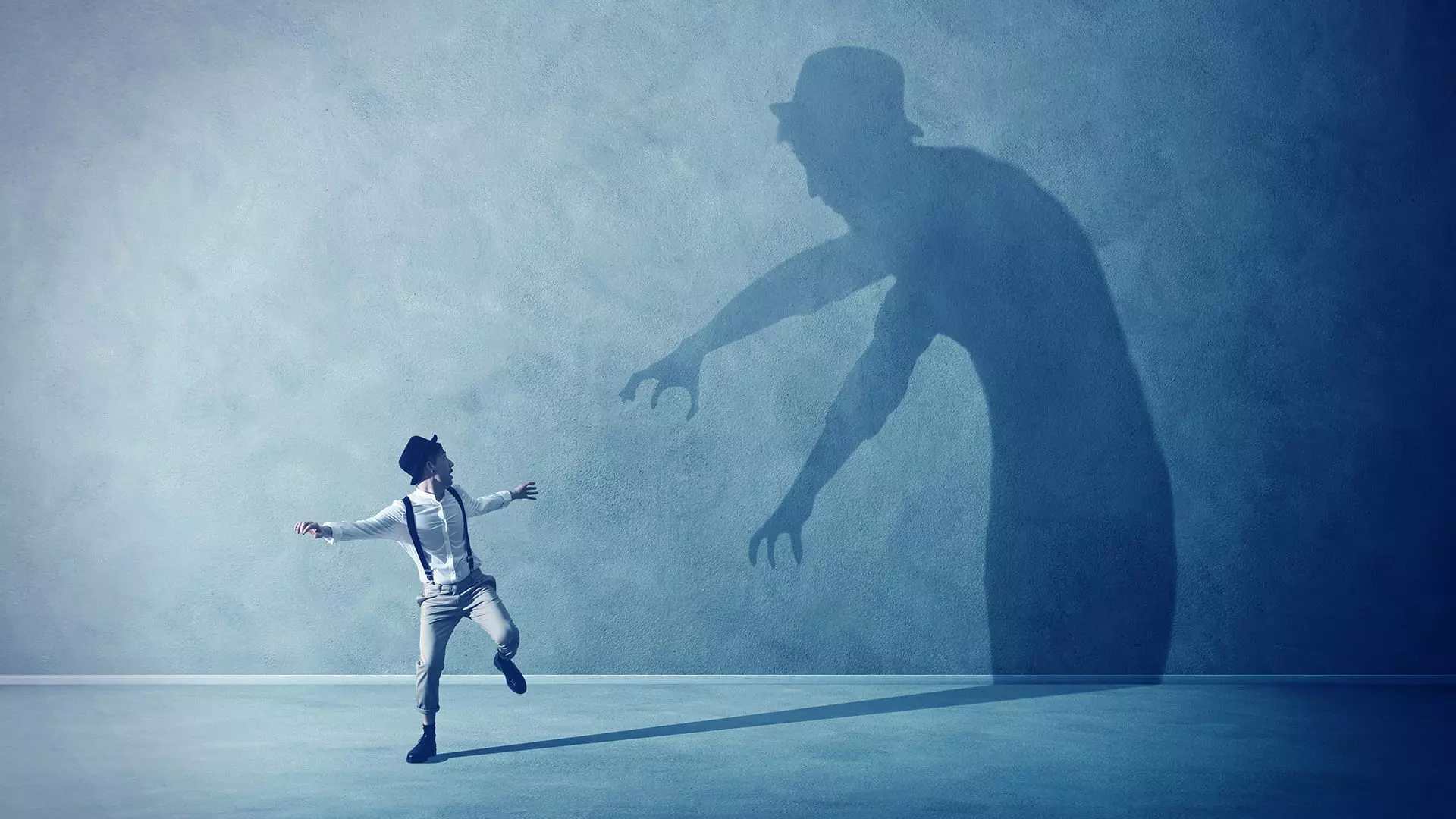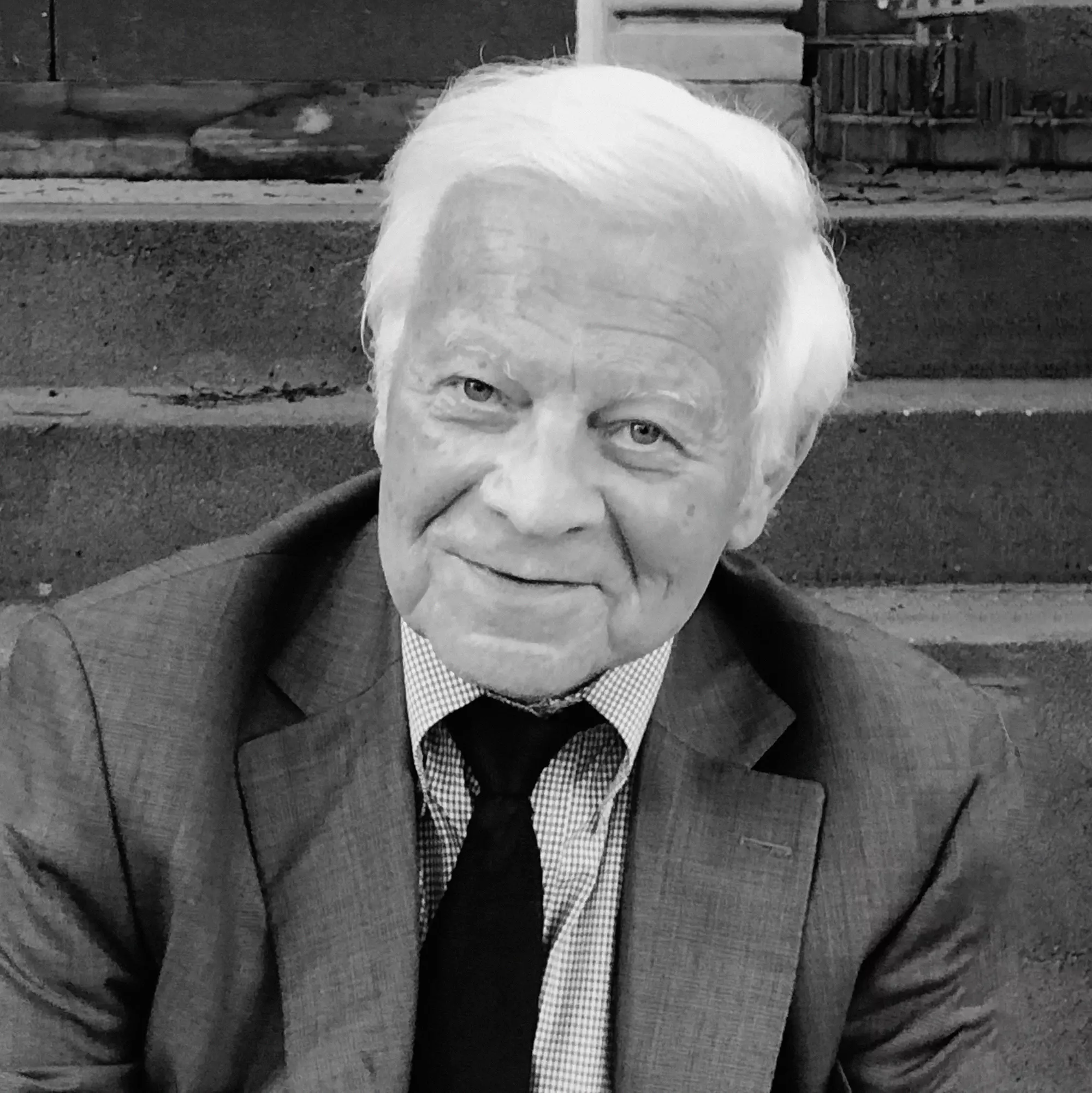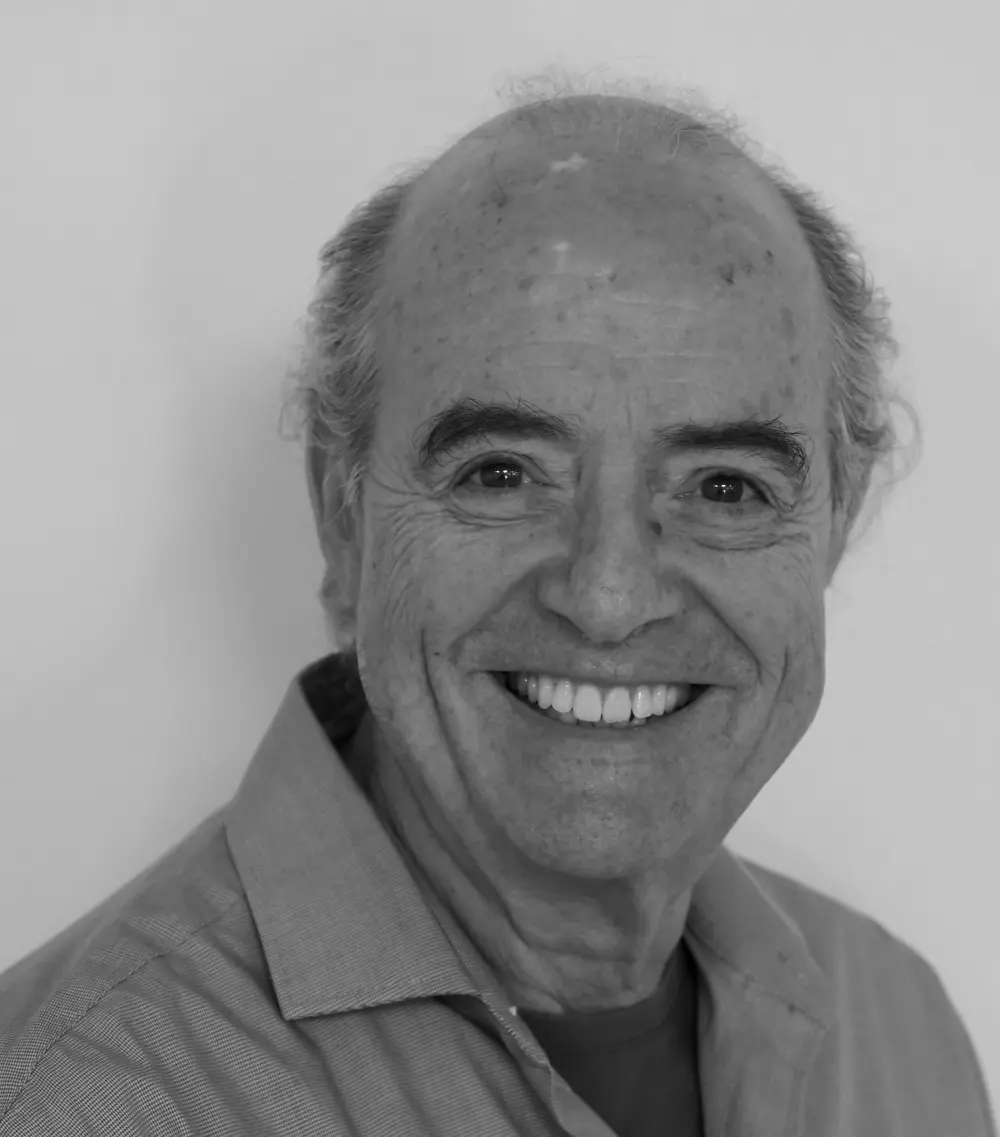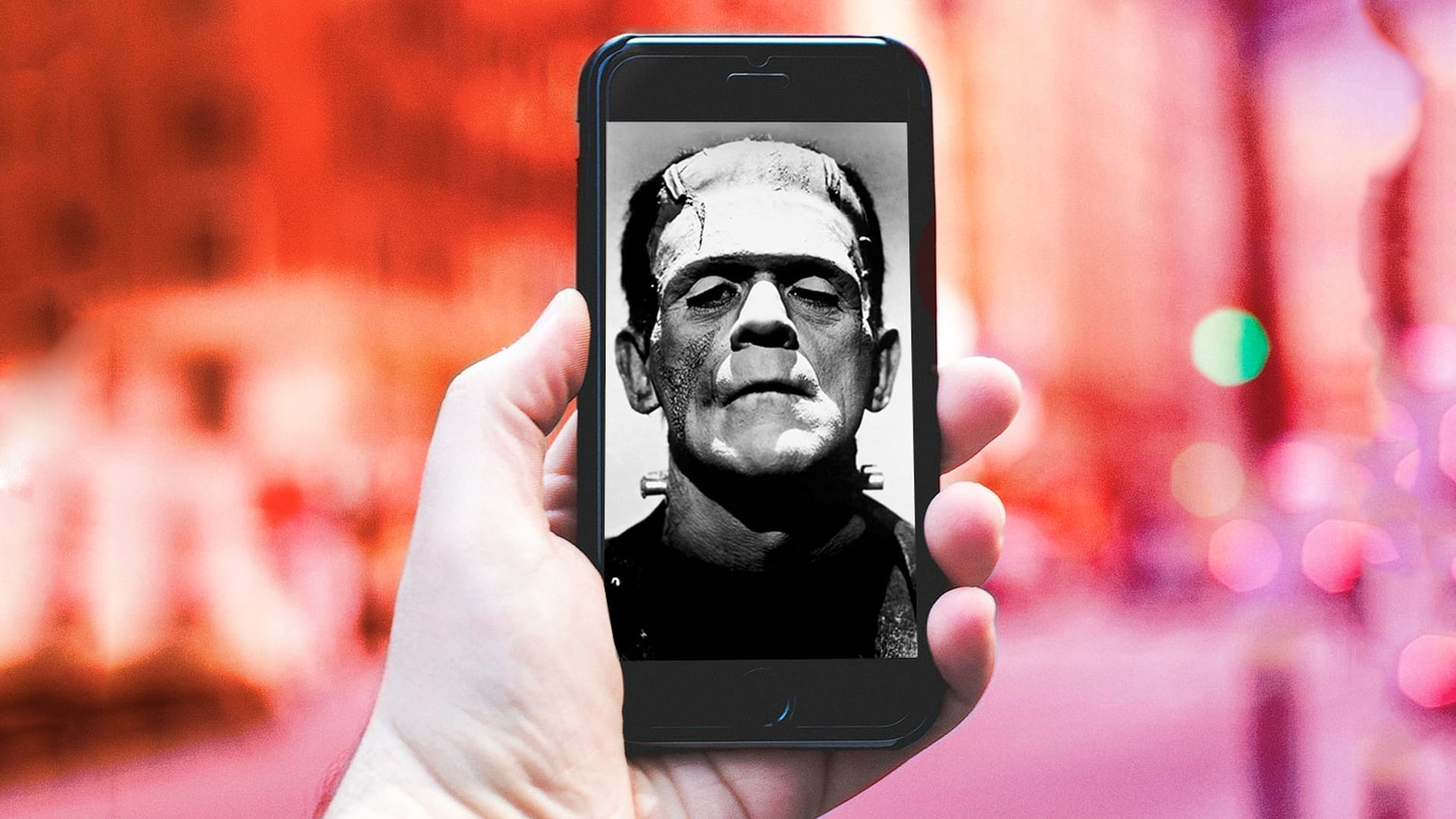
Find what your anxiety is holding for you.
Anxiety grabs hold of all of us. Some more than others. This comprehensive course addresses the anxieties specific to youth, middle age, and old age as well as the anxiety common to the modern world.
Senior Jungian teacher and analyst David Rottman shares the essence of Jung’s deep approach to anxiety with clarity, warmth, and a focus on what actually helps our anxiety.
Jung showed us that images are the basic units of the human psyche. That means that images, though we may not see them, are what moves anxiety. Rottman shows us how, with attention to the image, what feels threatening can become a bridge to fuller living.
Join David and learn how to be moved, not driven, by anxiety.
5 Class Course
90 mins
What you will receive
5 Video & 5 Audio recordings
Access to your own Jung Platform account where all the content you've purchased will be stored.
Course Description
In this 5 class course, David Rottman discusses the key role of understanding the images underlying anxiety, in each of the developmental stages of our lives. His earthy examples bring Jung’s ideas to life and a meaningful context to our life situations.
In youth, anxiety centers around developing a strong ego. In middle age, anxiety is related to developing self-knowledge and learning about the requirements of our individual nature. In old age, anxiety revolves around the issue of making meaning of the trajectory of our lives and our place in the human journey.
Regardless of our age, all of us are also feeling the unprecedented pressures of the modern world. Old cultural images of divinity no longer move us, prior norms of order and safety no longer hold us. At the same time, we feel pulled toward something vague we can’t define. Of course, we’re anxious! As in our personal lives, our cultural anxiety is pointing to where new life lies, where new images are gradually emerging from the unconscious.
The common theme across the lectures is the central role of the image in the psyche. Anxiety is an emotion and underneath all emotions are images. The presence of a personal guiding image can help make us who we are and keep us centered; its absence can break us.
David helps us lower the heat under anxiety by looking for what image is hidden in the flame. Once we find it, the burn of anxiety can turn into a healthy lust for our own precious life.
David is a kind and highly-skilled mentor of mentors. Join him for a journey through anxiety, down to image, and back up to a new vision of your path.
This course is ideal if
- Improve your ability to handle anxiety.
- Learn about the different life stage tasks that provoke anxiety.
- Take a deep look at anxiety through a Jungian lens with a prominent Jungian supervisor and therapist.
- See the positive intention in anxiety.
- Widen your theoretical framework and add to your tool box for your clients if you are a therapist.
Course Overview
Class One: Images & Anxiety
In this first class, David Rottman lays the groundwork for our understanding of anxiety in its many forms. He discusses the Jungian approach of attending to the image beneath the anxiety. He illustrates this with clear examples from life situations as well as therapeutic sessions.
David explains how the background operating system of the human psyche is based on images. Anxiety enters our field when the Executive Function of consciousness is absent.
Anxiety changes when the image that caused the anxiety meets up with a more powerful image or series of images.
Class Two: Anxiety in Young People: Developing a strong ego
In this class, David discusses how anxiety plays a role in both hindering and helping the transition from youth to adulthood.
In tribal initiation rites, anxiety plays a key role in creating the total experience of a change of identity. Deep anxiety involves the whole person. In the initiation process, the hidden purpose of anxiety is to make you feel you’re dying, so that you can be reborn into a new identity.
David also discusses the importance of developing ego strength to relieve anxiety in young people. The correction of faulty attitudes is also vital.
Class Three: Anxiety in Middle Age: Dealing with who you are and what life is.
Jung said that the primary psychological goal of middle age is “opening up an avenue to the unconscious.” As we do so, we may realize how far our conscious attitudes are from being in touch with emotional or practical reality.
A major cause of anxiety in middle age is a failure to launch into maturity. In such cases, the cure for anxiety means acknowledging and taking action in an area where we have been evading a crucial life task.
The human psyche may provoke anxiety when a person has lived out their personal life mostly through collective attitudes and values. The anxiety of middle age urges us to discover and live from personal and individual attitudes. Conflicts of many types between the inner and outer worlds may arise at this stage and provoke anxiety. Resolution of the conflict needs to occur at a higher level of development, which reduces anxiety. Jung points out that it seems that anxiety is actually pushing the person up to a higher level of consciousness.
Class Four: Anxiety in Old Age: Making meaning of a life
In this class, David Rottman elaborates on Jung’s profound and constructive view of anxiety in the last stage of life. Anxiety in old age often comes from not having a total outlook on one’s life, not having a religious or spiritual outlook on life, or not having a view of what comes after this life. Jung affirms that forming a cosmic view of life, a mountaintop view is essential for a person in old age to deal with the issue of anxiety.
A common source of anxiety is having a too-narrow conception of oneself and of life. A hyper-rational view of life is a common source of anxiety. A view of life that doesn’t account for the non-rational is only half of life, like half a breath. The non-rational includes the world of emotions, the world of human connection, the world of individual and personal meaning, and the world of being versus doing.
Ruminating fruitlessly about the past is another common source of anxiety, cynicism, and bitterness in old age.
Fear of death is naturally a source of anxiety in old age. It can be relieved by images of the continuity of life. Examples include the Akashic Record, the Book of Life, the Treasure of Merits in Catholic theology, Indra´s net, and Jung’s image of the rhizome of life.
The development of consciousness as a divine service is another source of comfort to people in old age. Speaking of the new myth of our times, Jungian Edward Edinger said, “… no authentic consciousness achieved by an individual is lost. Each increment augments the collective treasury.”
David shares moving examples of personal visions and dreams of continuity after death.
Class Five: The Anxiety That Comes From Our Culture
In this class, David helps us sort out how much of our anxiety is due to our individual nature, and how much is due to our culture. This helps us know which remedies are called for.
While we are all influenced by the cultural soup we swim in, we are each still responsible for our individual choices and health.
David explains Jung’s point of view; the anxiety in our culture arises from the fact that we are in the thick of an unsettling transition between two dominant ruling cultural images.
Jung’s idea is that when the old images wear out and become meaningless and inefficient, a renewal of the cultural images arises from the unconscious. This is a gradual, often imperceptible process and until the new image of divinity or meaning is clear, the cultural chaos creates anxiety for many caught in the confusion. During a period of transformation, new images arise and eventually become the new dominant of the culture. A strong subculture may help reduce anxiety, as well as develop a strong individual bridge to the deeper psyche.
David closes by encouraging us to ask questions that point to healing: What are the new images of our time? What cultural images can offer us a counterbalance to cultural anxiety? What personal images can guide me to live my life well? What personal images can help me bridge the living waters of the psyche?
By the end of this course you will
- Understand the creative and healing potential underneath anxiety.
- Be able to spot the anxiety-provoking challenges unique to each life stage.
- Understand the role of images in relation to anxiety.
- Be inspired to explore the personal images beneath your own anxiety.
- Recognize how anxiety can be a bridge to the deeper psyche.
- Understand how our cultural epoch is especially anxiety-provoking.
Scholarships
We here at Jung Platform want to make these programs available to anyone. If you would love to participate yet can’t pay for the full course, then please send us an email at [email protected] and describe why you feel you qualify for a scholarship, how much you can pay, and what you will do to help the Jung Platform promote this and other programs.
The Jung Platform Guarantee
We stand by our programs. If within 30 days of your purchase or the live course start, you're not satisfied, we offer a replacement or a full refund.
